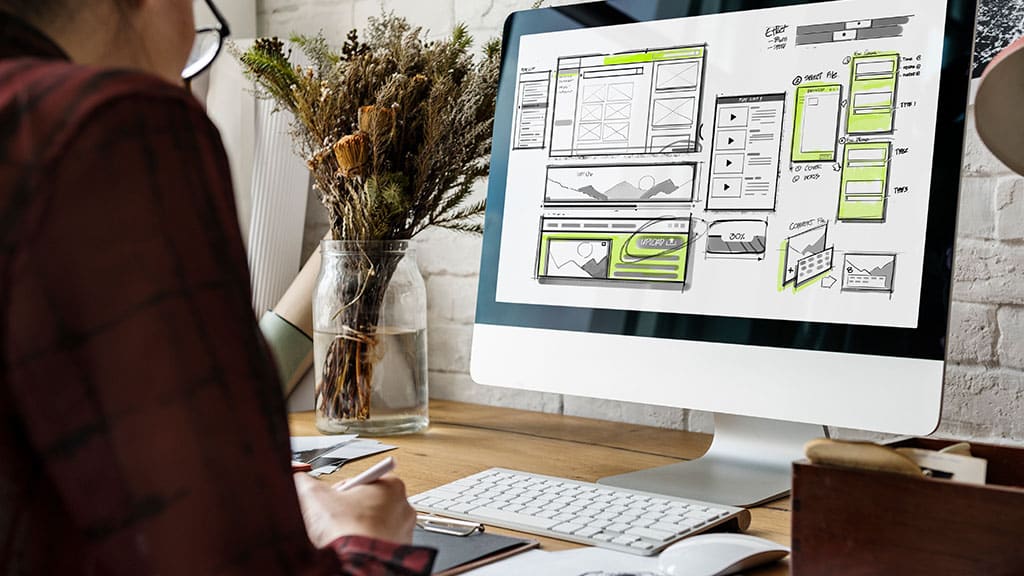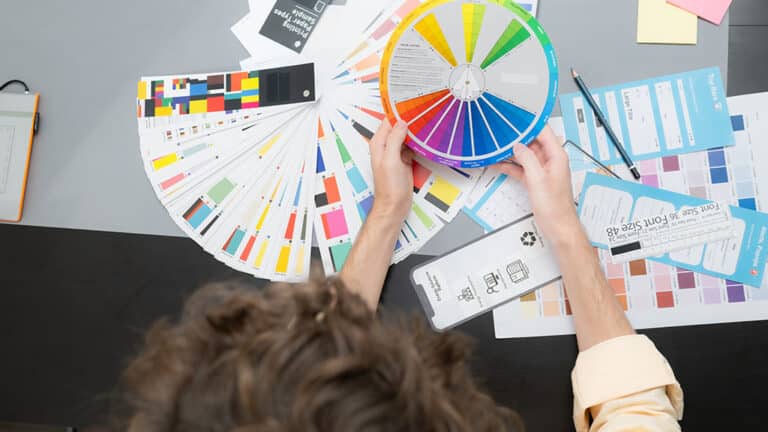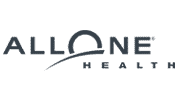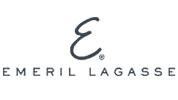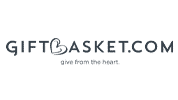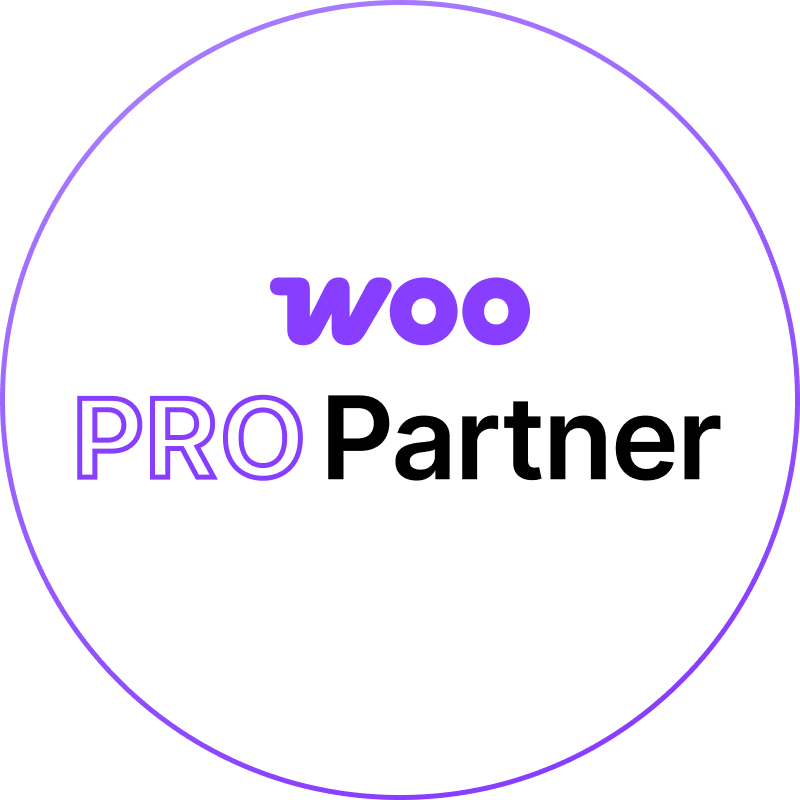Boosting Your Website Conversions with Better Design
Most businesses understand the importance of having a website—but far fewer realize just how much the design of that site impacts conversions. Whether your goal is to generate leads, drive sales, or get signups, design is one of the most powerful tools at your disposal. It’s not just about how your site looks—it’s about how it works, how it feels, and how effectively it guides users toward action.
Good design reduces friction, builds trust, and leads users exactly where you want them to go. Poor design, on the other hand, causes confusion, slows people down, and drives potential customers away. You may have a great product or offer, but if your site design doesn’t support your message and streamline the experience, you’re losing valuable conversions every day.
The good news is that you don’t have to completely overhaul your website to start seeing results. Often, a few strategic design updates can make a significant difference. In this post, we’ll explore the key ways better design can boost your website conversions and help you build a stronger, more results-driven online presence. And if you need expert help applying these principles, professional graphic design services can make sure every element of your site is working toward the same goal.
Simplify Your Navigation for Faster Decisions
The navigation bar is one of the most important elements of your website. It’s the roadmap users rely on to find what they need—and if it’s confusing or cluttered, they’re far more likely to give up and leave. Simplifying your site’s navigation can have a major impact on how long users stay and how effectively they move through your sales funnel.
A clean, intuitive navigation menu helps users get to key pages with fewer clicks. This is especially important for first-time visitors who may not know exactly what they’re looking for. If they have to search too hard to find basic information—like your services, pricing, or contact form—they’ll often bounce before they ever reach your call to action.
To boost conversions, limit the number of top-level menu items to five or six at most. Use clear, descriptive labels that are easy to understand at a glance. Group related pages together in dropdowns if needed, and always prioritize the most important user paths. The goal is to help users feel oriented and in control from the moment they land on your site.
Don’t forget about mobile navigation. A clunky mobile menu can be a major barrier for users on smartphones. Make sure your navigation is responsive, easy to tap, and collapses cleanly into a hamburger menu or other mobile-friendly format.
Use Clear Visual Hierarchy to Guide Attention
When a visitor lands on your website, their eyes are naturally drawn to certain elements first. That’s why visual hierarchy is so essential—it guides users through your content in the right order, ensuring they see the most important information before anything else.
Strong visual hierarchy is created through contrast, scale, spacing, and alignment. Your most important headline should be the largest and most prominent text on the page. Supporting text should be smaller and grouped close to relevant elements. Calls to action should stand out visually so users can quickly identify where to click next.
Without a clear hierarchy, your content can feel overwhelming or disorganized. Users may not know where to start, what to read, or how to take the next step. That hesitation leads to higher bounce rates and lower conversion rates.
Instead, aim for a clean, well-structured layout where the eye naturally flows from one element to the next. Use bold headlines, distinct sections, and consistent styling to guide users seamlessly through your content. When your site leads with clarity, users are far more likely to follow through.
Optimize Above-the-Fold Content
The section of your website that appears before a user scrolls—often called “above the fold”—is some of your most valuable real estate. It’s the first thing visitors see, and it heavily influences whether they’ll stay on the page or click away. If this space doesn’t quickly communicate what your business offers and what action a user should take, you could be missing countless conversion opportunities.
Effective above-the-fold content should include three things: a compelling headline that clearly states your value proposition, supporting copy that offers a quick explanation or benefit, and a strong call-to-action button that tells users what to do next. Whether it’s “Book a Call,” “Shop Now,” or “Get a Free Quote,” the CTA should be obvious, immediate, and enticing.
Design plays a major role here. Use large, legible fonts for your headline, and make sure it contrasts well with the background. Keep the text minimal—this isn’t the place for long explanations. Use imagery or design elements that support your message without distracting from it. And be sure the CTA button stands out visually, using color and spacing to draw the eye without overwhelming the layout.
On mobile, pay extra attention to how your above-the-fold content appears. Make sure users don’t have to scroll or pinch-zoom to understand what your site is about. The goal is to make a strong, clear impression in seconds—because that’s often all you get.
Improve Page Speed and Mobile Responsiveness
Even the most beautifully designed site won’t convert if it loads slowly or breaks on mobile devices. Today’s users expect speed and seamless functionality, and if your site fails to deliver, they’ll leave—no matter how compelling your offer is. That’s why improving load times and optimizing for mobile is one of the fastest ways to increase conversions.
Page speed affects both user experience and search engine rankings. A delay of just one or two seconds can lead to significant drop-offs in engagement. Images that aren’t optimized, heavy scripts, and poorly coded elements can all slow your site down. Tools like Google PageSpeed Insights can help identify the culprits so you can make improvements quickly.
Mobile responsiveness is equally critical. With over half of web traffic now coming from smartphones, your design must look great and function flawlessly across all screen sizes. That means text should be easy to read without zooming, buttons should be large enough to tap, and layouts should adjust naturally to fit the device.
Responsive design isn’t just about rearranging content—it’s about ensuring that your message and user experience remain intact no matter how the site is accessed. Clear navigation, fast load times, and mobile-friendly design all work together to keep users engaged and moving toward your goals.
Use High-Quality, Purpose-Driven Visuals
Images are often the first thing people notice on a website—and they can make or break a user’s impression of your brand. High-quality visuals that support your messaging help build trust, evoke emotion, and clarify your offering. Low-quality or generic visuals, on the other hand, can cheapen your brand and create confusion.
Every image on your site should have a purpose. Whether it’s showcasing a product, demonstrating a service, or creating atmosphere, visuals should work in tandem with your text to tell a clear, compelling story. Use original photography when possible, especially for team members or products. If you must use stock images, choose ones that feel authentic and align with your brand tone.
Consistency matters, too. Images should follow a cohesive visual style—similar lighting, color tones, and composition—to reinforce brand recognition. Avoid mixing illustration styles, filters, or image sizes that feel out of place. This visual harmony helps create a professional, trustworthy look that keeps users focused on your content rather than distracted by design inconsistencies.
Purposeful imagery can also improve usability. Use icons to simplify navigation or highlight features. Show products in use to help users visualize the benefits. Include visual cues, like arrows or lines, to draw attention to key content or CTAs. When visuals are not just attractive but functional, they become powerful conversion tools.
Create Clear, Actionable Calls to Action (CTAs)
A strong call to action is one of the most important elements on your website when it comes to driving conversions. Whether you want users to fill out a form, start a free trial, download a resource, or make a purchase, your CTA is the prompt that gets them to act. If it’s unclear, hard to find, or lacks urgency, it’s going to fall flat—and so will your conversions.
To improve your CTA performance, start with clarity. Use action-oriented language that tells users exactly what they’ll get and what to do next. “Download Your Free Guide” is far more effective than “Submit” or “Click Here.” Avoid vague phrases and focus on benefits—what’s in it for them if they follow through?
Placement is just as important as wording. Your primary CTA should be highly visible and appear above the fold, but don’t stop there. Strategically repeating it throughout the page, especially after delivering value or information, increases the chance that visitors will take action. Make sure the CTA stands out visually by using contrasting colors and white space so it doesn’t get lost in the design.
Also, test your CTAs. Small tweaks—like changing the color of a button or rephrasing the text—can have a big impact on conversion rates. A/B testing different versions allows you to see what resonates most with your audience and refine your approach based on real data.
Build Trust with Consistent Branding and Design Elements
Trust is a key driver of conversions, and your website’s design is one of the most effective tools for building it. If your site looks professional, polished, and cohesive, users are more likely to feel confident in your brand. If it feels disjointed, outdated, or inconsistent, they may hesitate—or leave altogether.
Consistency in design includes your fonts, colors, imagery, and voice. These elements should feel uniform across every page of your site, and ideally, across all digital channels (social media, email, ads, etc.). When everything feels connected, it reinforces your brand identity and helps users feel like they’re dealing with an established, trustworthy business.
Visual consistency also reduces cognitive load. If your branding is all over the place, users have to work harder to figure out who you are and what you’re about. That mental effort can turn into friction—and friction kills conversions. But when your design is clean and cohesive, users can focus on your message instead of trying to make sense of your visuals.
Don’t forget the power of social proof in your design. Incorporate trust-building elements like testimonials, client logos, media features, certifications, or secure checkout icons. These subtle signals, paired with strong design, help users feel more comfortable taking the next step.
Leverage White Space for Better Readability
White space—also known as negative space—is the empty area between design elements. And while it might seem like wasted space at first glance, it’s actually a powerful design tool that directly impacts readability, clarity, and conversion.
Too much information crammed into a small space overwhelms users and makes your content harder to scan. When your design breathes—thanks to strategic white space—each element gets the attention it deserves. Your headlines stand out. Your CTAs pop. Your body text becomes easier to read.
Whitespace creates visual hierarchy and balance. It helps guide the user’s eye through your content in a logical, comfortable way. This is particularly important for mobile users, who navigate content in a vertical, scroll-based environment. Proper spacing prevents fatigue and makes users more likely to engage with your content from start to finish.
Effective use of white space isn’t about removing content—it’s about making every piece of content more effective. You don’t need to fill every inch of the screen. Instead, focus on creating layouts that feel open, clear, and easy to follow. When users aren’t visually overwhelmed, they’re more likely to focus, absorb information, and convert.
Conclusion: Design Is Your Silent Salesperson
Your website doesn’t just present your brand—it sells it. And like any good salesperson, it needs to communicate clearly, build trust, answer questions, and guide users toward a decision. Design is the foundation that makes all of this possible.
When your site is thoughtfully designed—with clear CTAs, purposeful visuals, strategic layout, and consistent branding—it works for you around the clock. It creates a seamless user experience that makes visitors feel confident and ready to take action. And the results show up where it matters: in your conversion rates.
Too often, design is treated as an afterthought. But if you’re serious about growing your business, it should be front and center in your strategy. Review your current site through the lens of conversion. Are you leading visitors to the right action? Is your design building trust or creating friction? Is your message being amplified or lost in the clutter?
Better design doesn’t always mean a total website overhaul. Often, it means refining the details—streamlining your navigation, reworking your CTAs, simplifying your layout, and improving your mobile experience. Each improvement stacks up, turning more visitors into leads, buyers, or clients.
In the end, your website design is more than a visual choice. It’s a business decision. And when done right, it’s one of the most effective tools you have for turning traffic into results.

